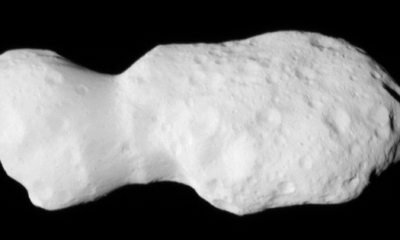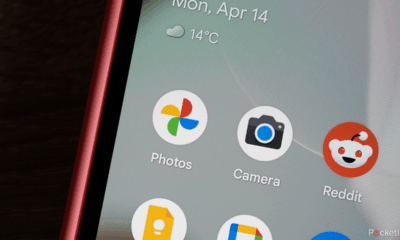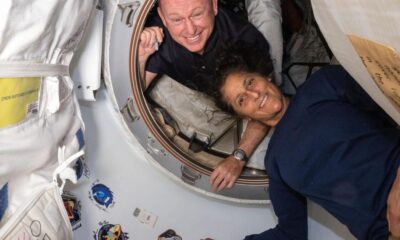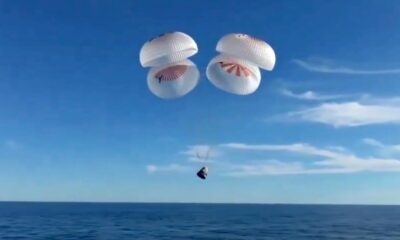Tech News
Astronaut’s photos from ISS make clouds look otherworldly
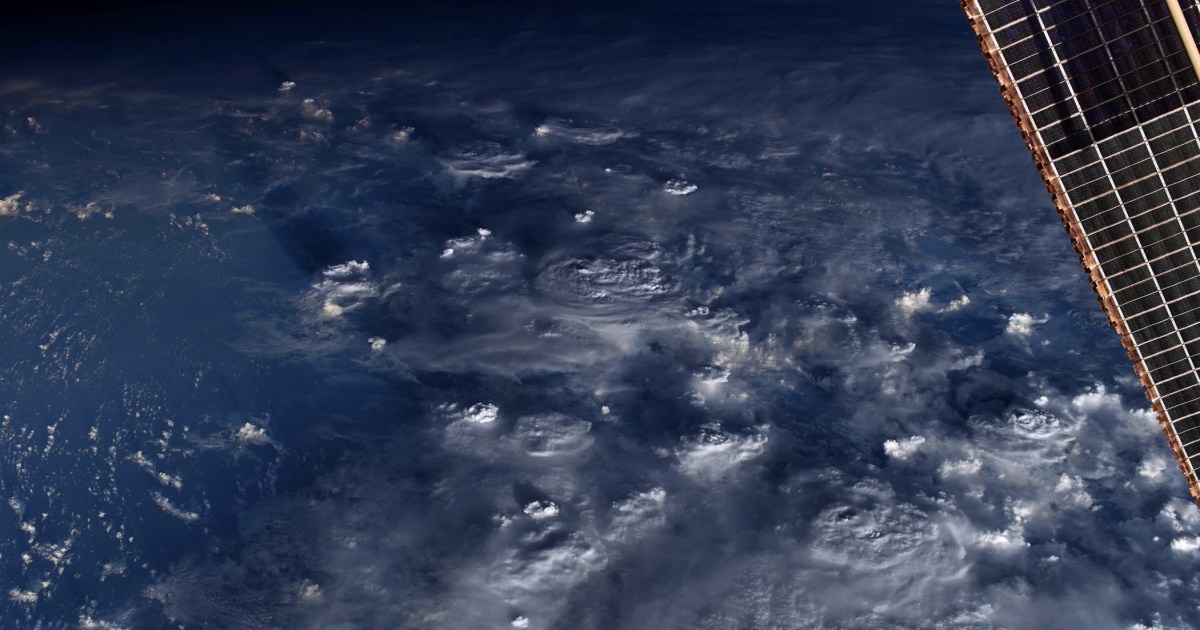
NASA astronaut Don Pettit has shared a new series of breathtaking images, this time showcasing clouds in a unique perspective.
These images were taken from the International Space Station (ISS) at an altitude of approximately 250 miles above Earth’s surface. The distinctive appearance of the clouds is a result of the station’s alignment with the day/night shadow of our planet.
“Living in the Twilight Zone,” Pettit wrote on social media. “Our orbit on the space station is currently aligned with Earth’s day-night shadow, allowing us to witness a blend of day and night. This alignment provides ideal conditions for capturing cloud formations under low-angle lighting.”
Please enable Javascript to view this content
Living in the Twilight Zone. Our orbit on @Space_Station now is aligned with Earth’s day-night shadow thus we see neither full day nor full night. This is the best time to photograph clouds under low angle lighting. pic.twitter.com/pt7BS9eZwK
— Don Pettit (@astro_Pettit) December 8, 2024
Pettit, the oldest serving astronaut at 69 years old, has been captivating his social media audience with a series of stunning images since his arrival at the ISS in September. He has also delighted in sharing his space photography from previous ISS missions.
One of the most remarkable images captured by Pettit during his current mission shows moonlight reflecting off a river in South America, creating a scene he described as “flowing silver snakes.”
He was also able to capture the SpaceX Crew Dragon capsule reentering Earth’s atmosphere at the end of a mission, with his image showcasing a dramatic streak of light as the spacecraft descended at the conclusion of the historic Polaris Dawn mission in September.
In his quest for better images, Pettit developed the “barn door tracker,” a DIY astrophotography tool that allows for sharper images of city lights at night by compensating for the station’s movement in relation to Earth’s surface. This device can also be used for long exposures of the night sky, producing clearer images without star trails by counteracting the rotation of the Earth.
-

 Destination8 months ago
Destination8 months agoSingapore Airlines CEO set to join board of Air India, BA News, BA
-

 Breaking News9 months ago
Breaking News9 months agoCroatia to reintroduce compulsory military draft as regional tensions soar
-

 Tech News11 months ago
Tech News11 months agoBangladeshi police agents accused of selling citizens’ personal information on Telegram
-

 Breaking News9 months ago
Breaking News9 months agoBangladesh crisis: Refaat Ahmed sworn in as Bangladesh’s new chief justice
-

 Productivity11 months ago
Productivity11 months agoHow Your Contact Center Can Become A Customer Engagement Center
-

 Toys11 months ago
Toys11 months ago15 of the Best Trike & Tricycles Mums Recommend
-

 Guides & Tips9 months ago
Guides & Tips9 months agoHave Unlimited Korean Food at MANY Unlimited Topokki!
-

 Gadgets3 months ago
Gadgets3 months agoSupernatural Season 16 Revival News, Cast, Plot and Release Date

